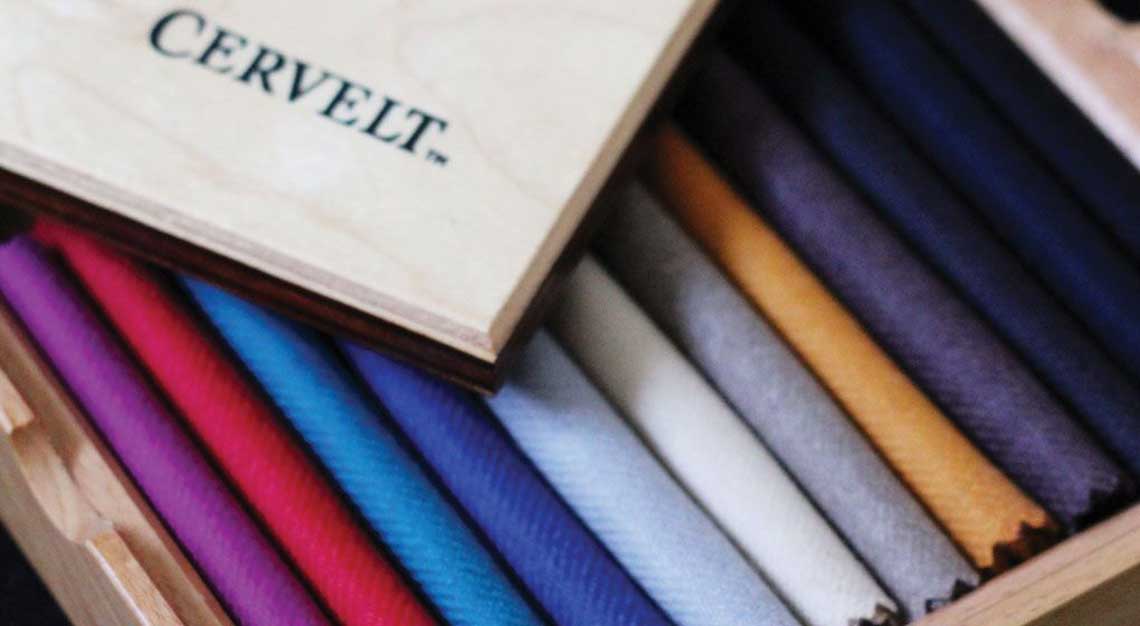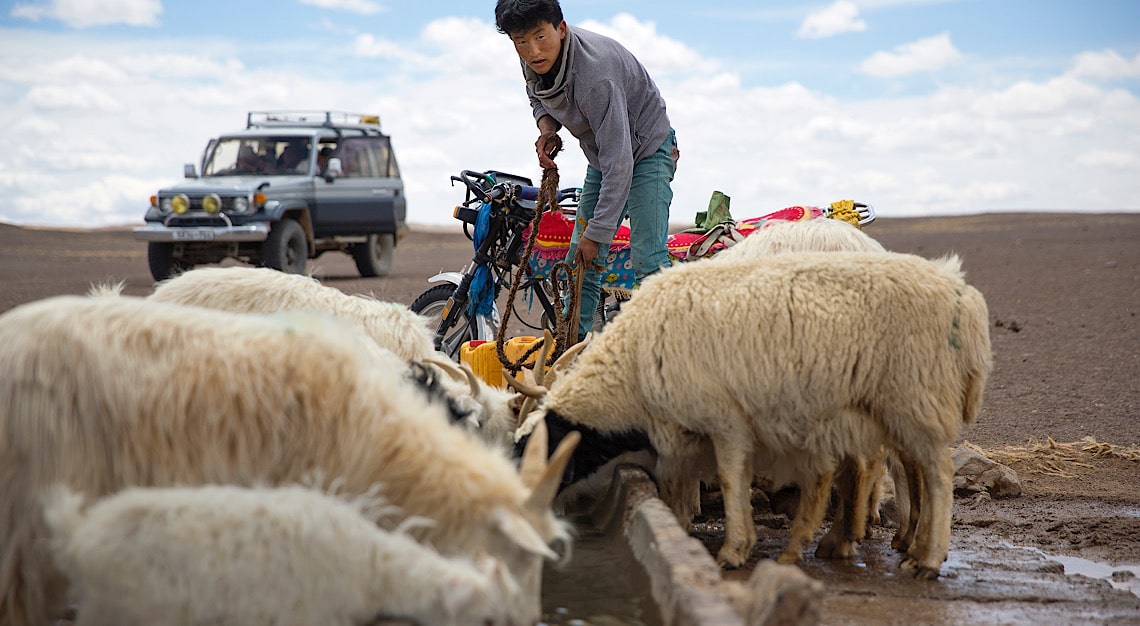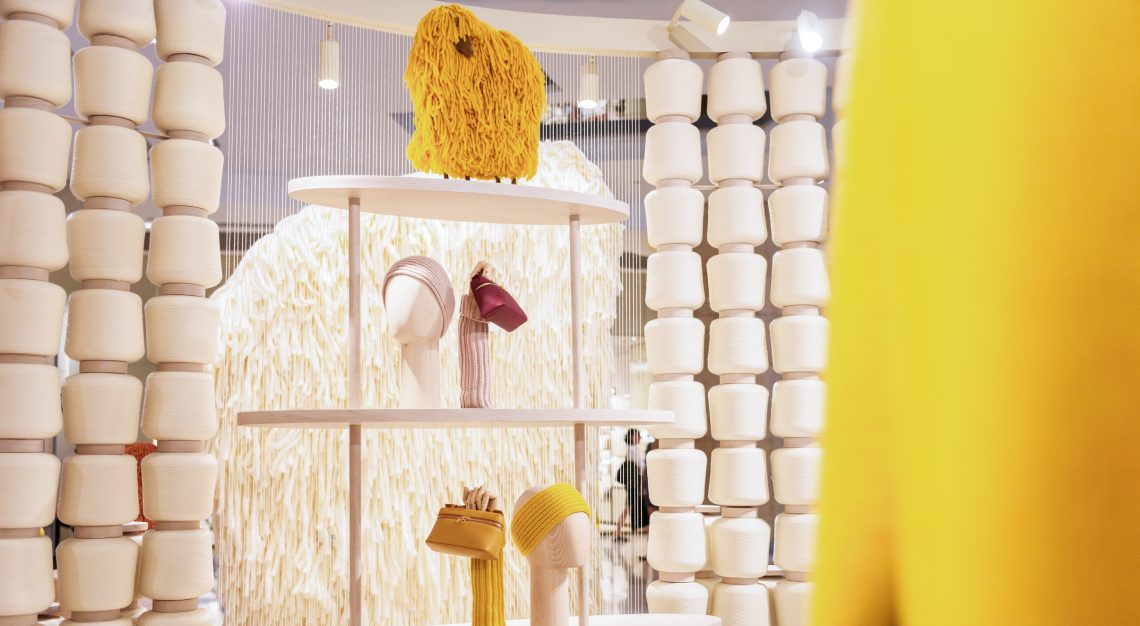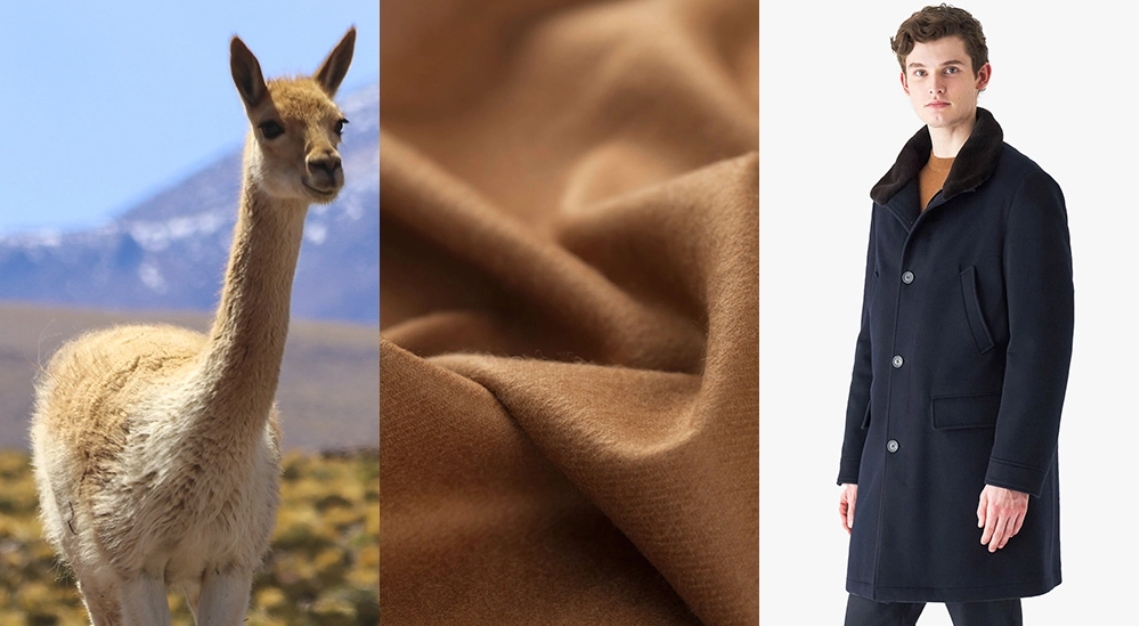These aren’t your everyday materials, but they are suited for everyday wear, depending on which part of the world you’re in
Clothes maketh the man, they say. And the woman, too. But beyond mere Egyptian cotton, merino wool and cashmere, is another rarefied stratosphere of luxurious fabrics. Immensely rare, and therefore extremely expensive, this is a universe of the softest, silkiest and snuggest textiles; that thousands of hours, artisan hands that have toiled decades and endangered species combine to contribute to. Now, denim wouldn’t be the first to come to mind when you’re thinking about fabrics that cost a bomb. But you’ll be surprised to learn just how much effort it takes to weave and distress quality denim. You know that they say. Wear it well and wear it proud.
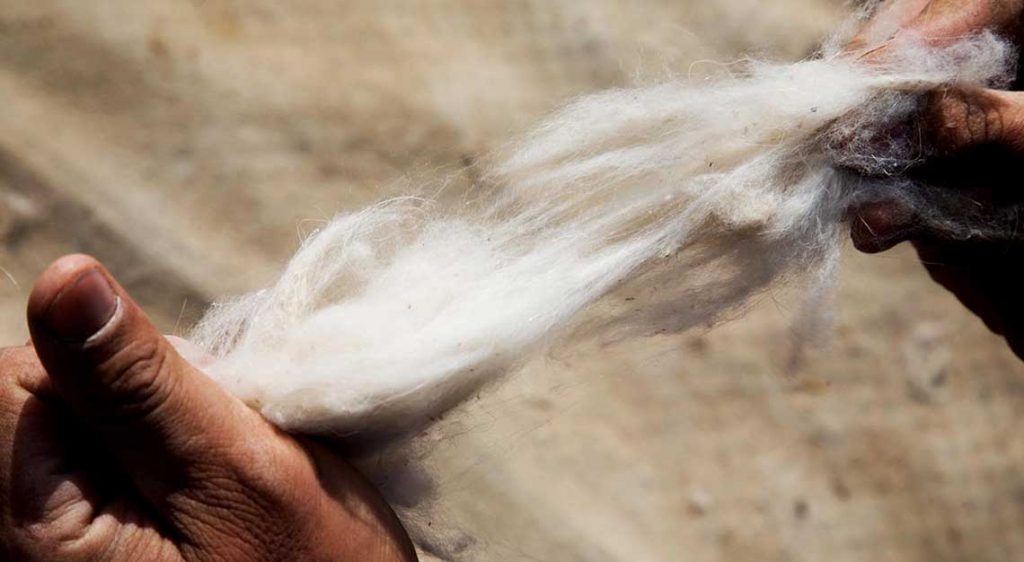
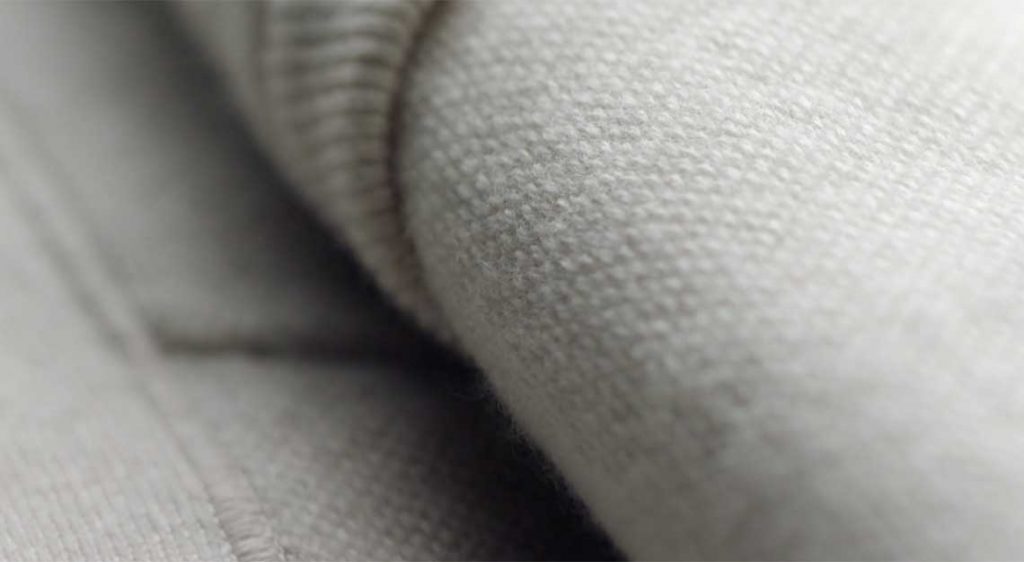
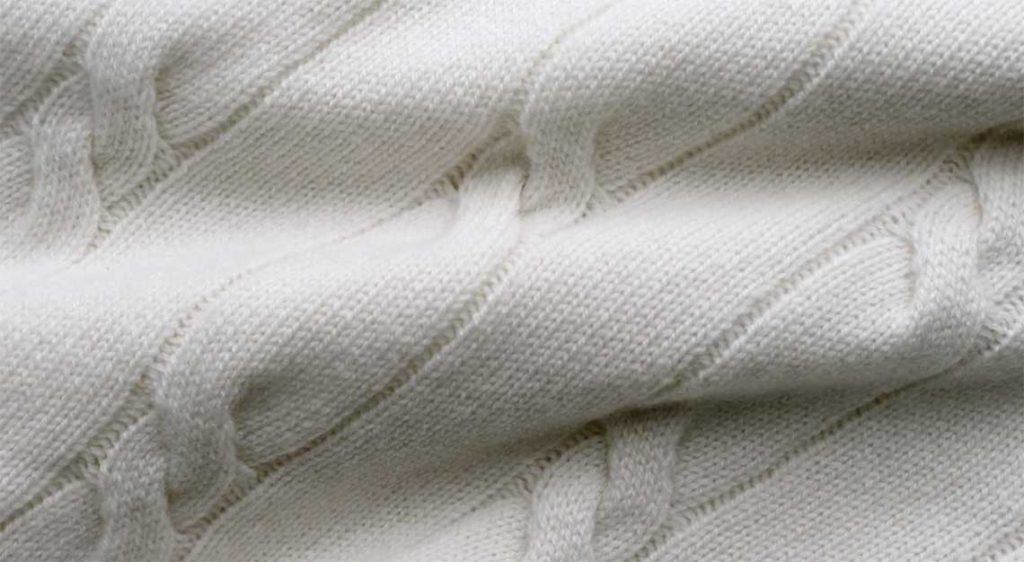
Baby Cashmere
Place of Origin: Mongolia and China
Cashmere is still king, but not all cashmere is created equal. Italian fine fabric producer Loro Piana has developed a specific kind of cashmere, woven from the under fleece of Hircus goat kids from Mongolia and northern China. The fibre is gathered through a delicate, harmless combing procedure that occurs only once in the goat’s life, with one kid producing no more than 80g of this soft down, that is then reduced to 30 to 40 usable grammes. Incredibly fine, the fibre measures 13µm (microns) versus 14.5µm of traditional fine cashmere, translating into a fabric 20 per cent softer than regular cashmere.
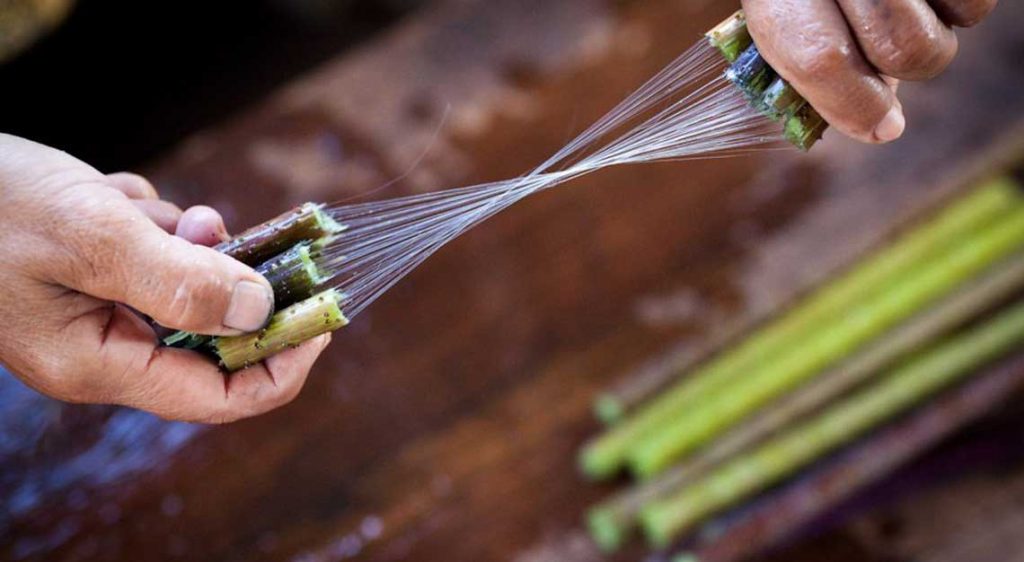
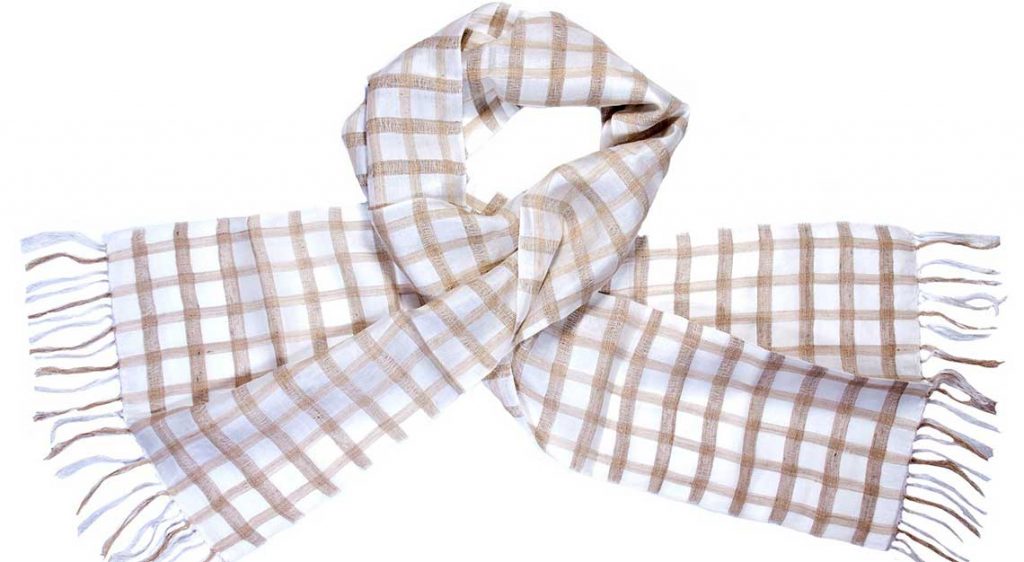
Burmese Lotus Flower Silk
Place of Origin: Myanmar
Unique to a country that has only recently emerged from isolation is lotus flower silk, or kyar chi (a similar fabric is produced around Tonle Sap in Cambodia, developed independently). The discovery of this fabric was entirely by accident; the story goes that a century ago, a girl plucked a lotus flower to offer at her Buddhist pagoda. She noticed a strand of fibre where she had cut the stem and decided to weave it into a robe for the temple’s beloved monk.
The practice caught on and continues to this day in the same area – Inle Lake. Tedious to create, kyar chi is extremely rare and soft and has been described by Loro Piana as “the vicuna of plant-based fabrics…the last discovered jewel of the world of textile fibre.”
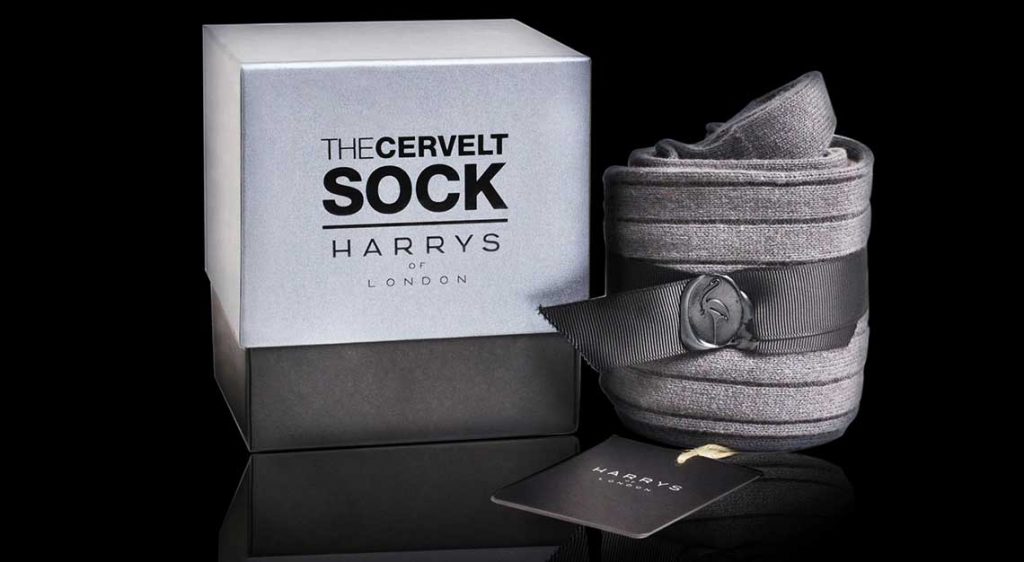
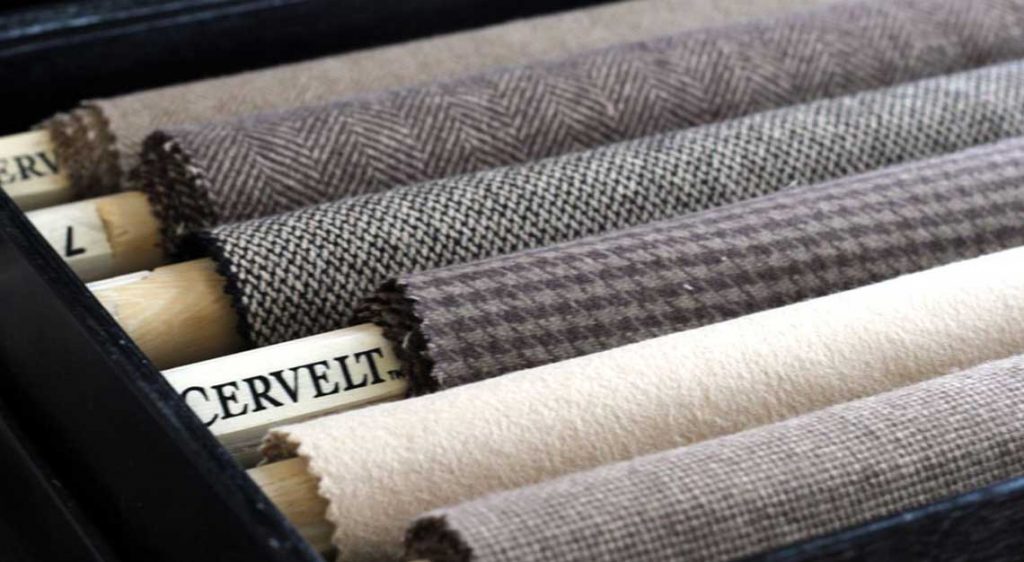


Cervelt
Place of Origin: New Zealand
The magnificent red deer population of New Zealand have adapted to the bitter winds blowing up north from Antarctica by producing a soft, thin coat that protects them from the chill. The fibre extracted from this coat is known as cervelt, which rivals cashmere in softness and of which only 20g are collected per deer per year. Cervelt is the purview of specialist tailors, mainly Italian, like Mariano Rubinacci of Naples. How exclusive is cervelt? In 2014, Harry’s of London offered a limited run of 100 cervelt socks; priced at US$1,500 (S$2,038) per pair.

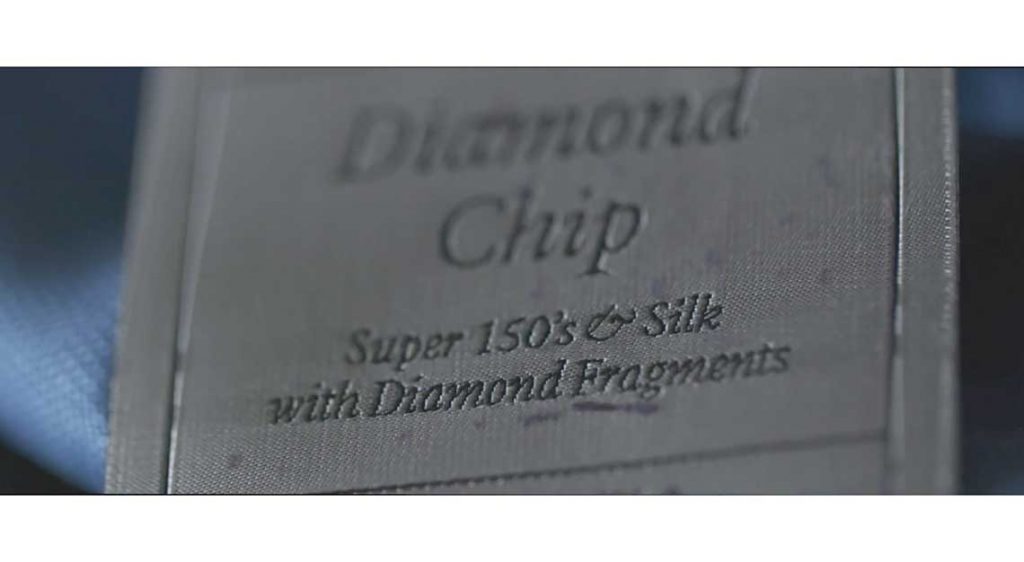
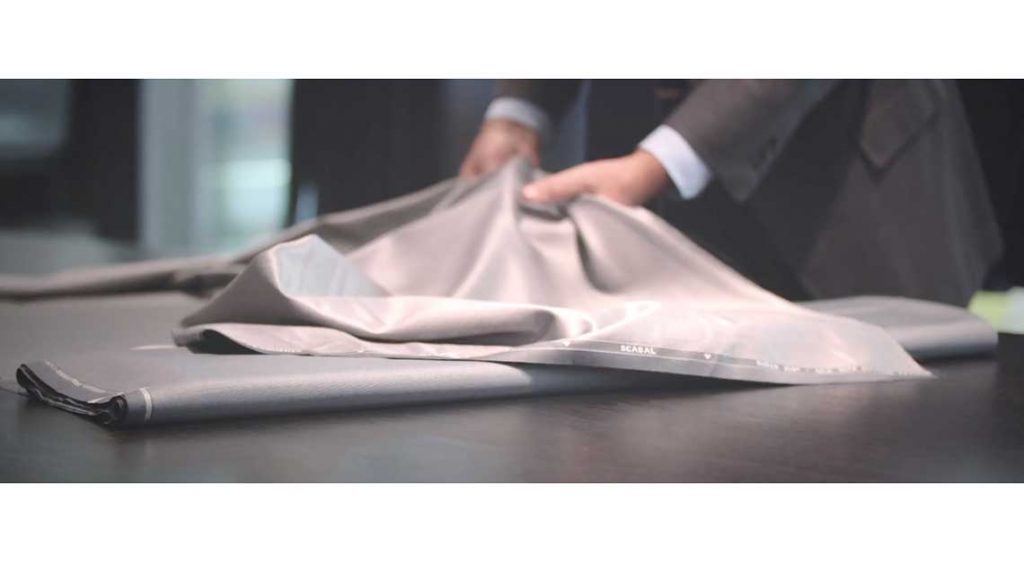
Diamond Chip
Place of Origin: Great Britain
With its Savile Row heritage, it is little wonder that British mills continue to produce some of the best, most specialised fabrics in the world. Of the many purveyors whose history spans centuries, Scabal probably produces the most unique fabrics of all. Founded by Otto Hertz in 1938, Scabal produces the Diamond Chip – where fragments of diamonds are woven into a blend of Super 150s wool and pure silk.
Sedate and dignified, it glitters where it matters. Scabal also creates a whole range of other incredible fabrics, including wool interlaced with 24k gold, platinum or lapis lazuli, silk made from the mighty Kapok tree, merino wool scented with orchids, and is one of the few companies with access to vicuna wool.
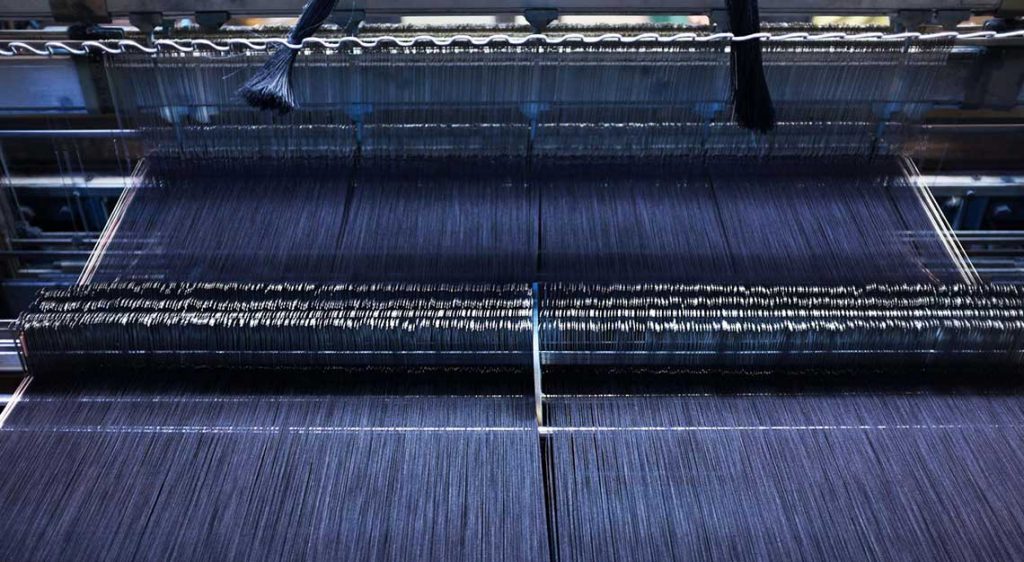
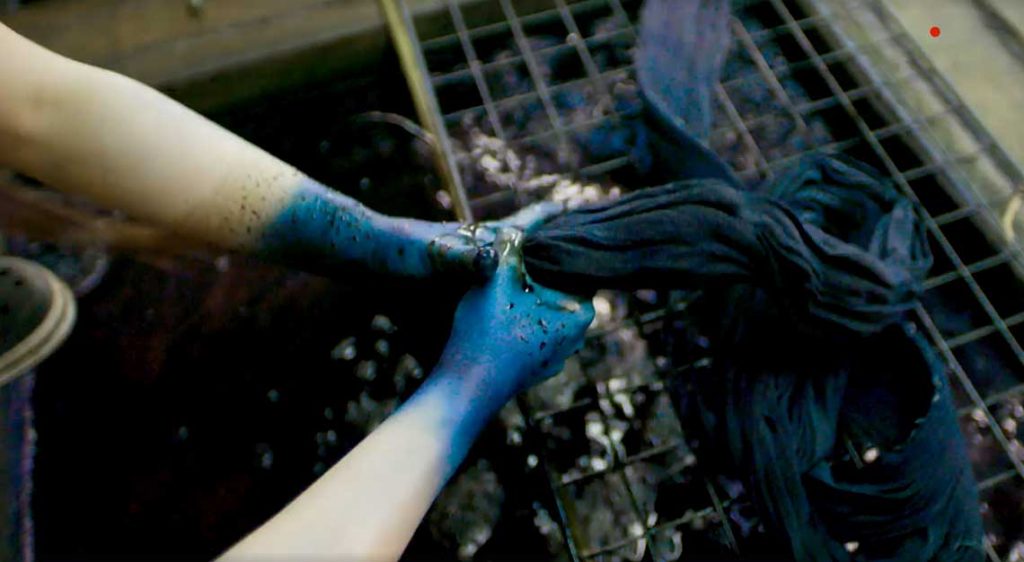
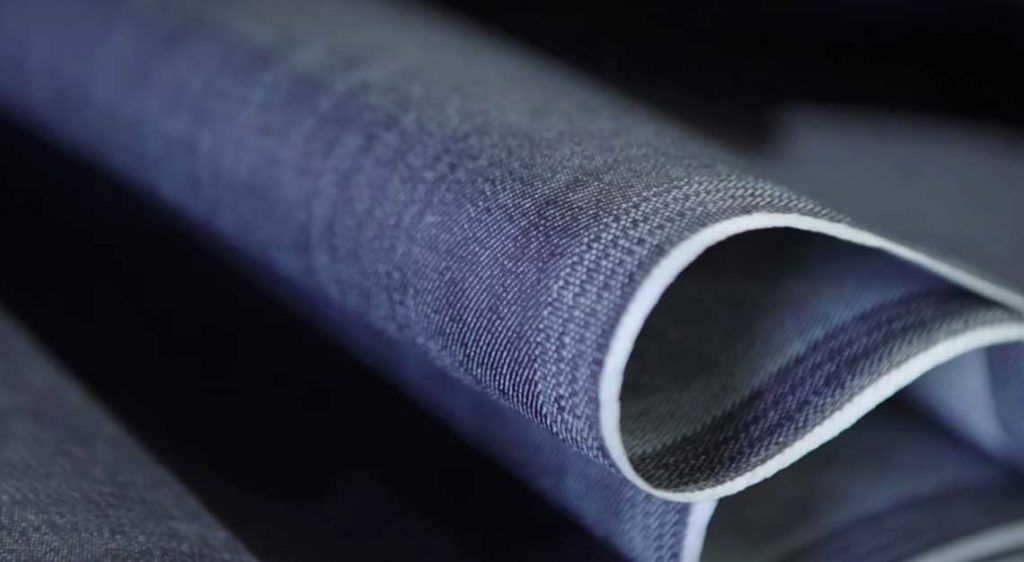
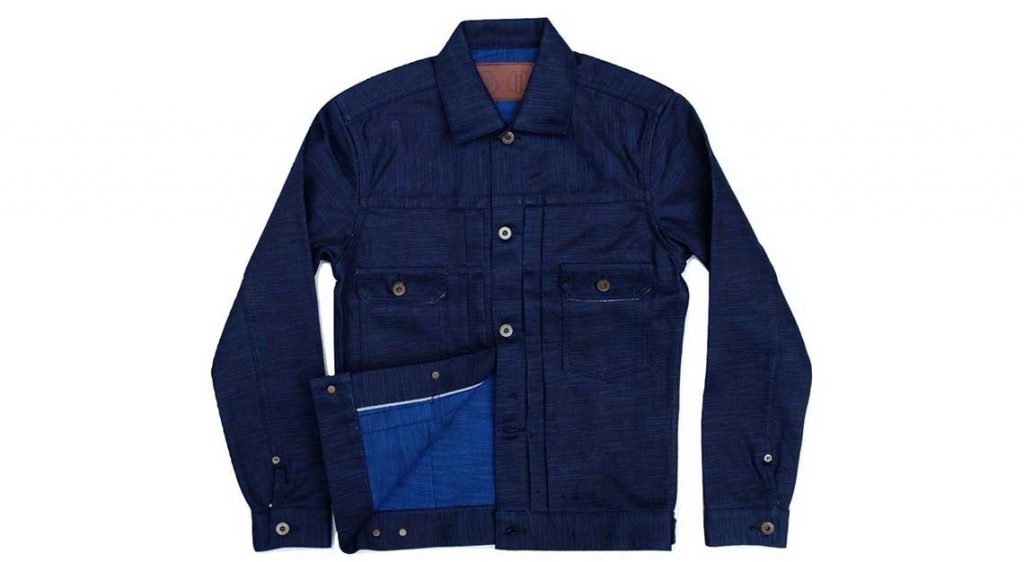
Japanese Denim
Place of Origin: Japan
Leave it to the Land of the Rising Sun to perfect a fabric created elsewhere. Japanese denim holds a mythical reputation among denim fans, where an artisan approach is applied to the fabric of the masses. By using old looms to produce selvage denim and natural dyes, Japanese denim became an art form. Production is concentrated in the town of Kojima, Okayama, where Japan Blue Group is based.
A supplier of denim to Louis Vuitton and Gucci, Japan Blue Group also produces its own jeans under the label Momotaro. The G001-T Gold Label Momotaro jeans are probably the pinnacle of denim artistry, made completely by hand and dyed using the natural indigo of Indigofera tinctoria, which actually gets darker with age. The price? A mere US$2,000 (S$2,718).
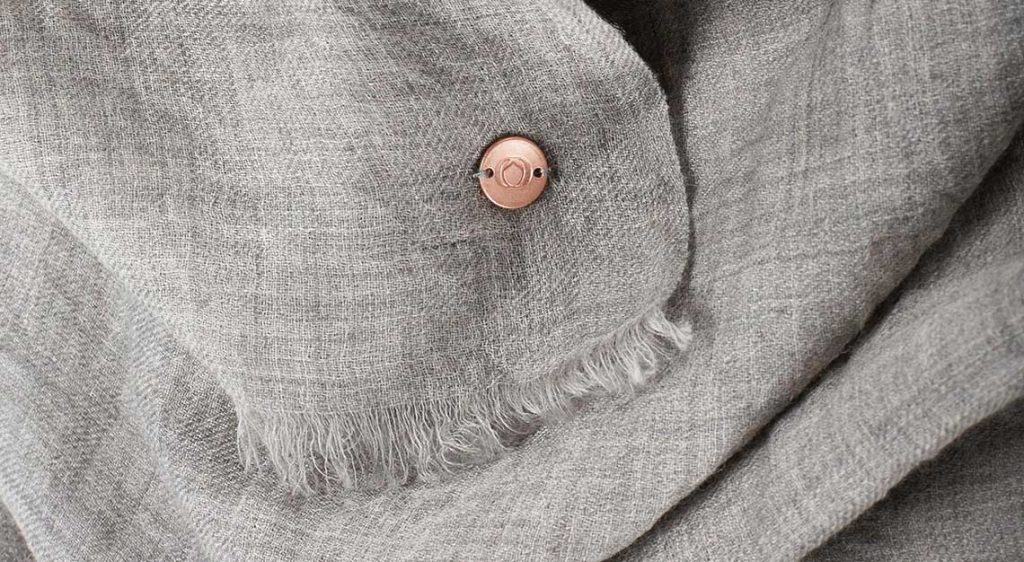
Shahtoosh
Places of Origin: Nepal and India
Rivalling the vicuna is shahtoosh, woven from the down hair of the Tibetan antelope or chiru. Like the vicuna, shahtoosh is incredibly fine (12µm vs 9µm of shahtoosh). Unlike the vicuna, however, the chiru is still incredibly endangered, under threat from poachers, mining and infrastructural developments.
Possession and sale of shahtoosh (Persian for ‘the king of fine wools’) are now illegal in most countries, but trade still continues. Shahtoosh is traditionally woven into ultra-luxurious shawls valued at US$5,000 (S$6,795) each, and are so brittle and fine that only the master weavers of Kashmir are known to be able to handle it.
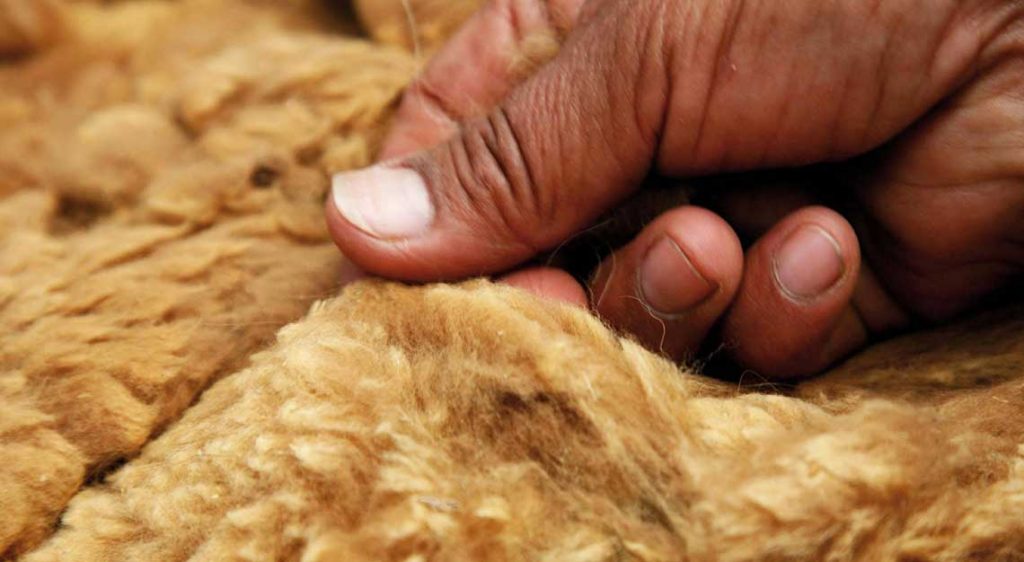
Vicuna
Place of Origin: Central Andes, South America
A cousin of the llama, vicuna wool is known as the ‘fibre of God’. Spun from hairs gathered from the back and neck of the animal, it used to be the exclusive preserve of Incan royalty. Hunted almost to extinction in the last century, it was only recently that the vicuna population has recovered well enough for harvest to begin.
Collecting the hairs is tedious; the vicuna starves itself to death in captivity, and the law strictly regulates the harvest of vicuna hair to ensure sustainability. One adult vicuna produces only 500 grammes of wool a year, barely enough for a scarf, and it cannot be shorn for two years after. Why go through all that trouble? Because vicuna is the finest, warmest and lightest fibre in the world.
Three companies in the world have a stranglehold on legal vicuna wool, including legendary Italian luxury clothing company Kiton. A vicuna suit, which is always bespoke, would cost at least US$50,000 (S$67,955) and is unique; vicuna wool responds badly to chemical dye, and is left in its natural colour, so every bolt of vicuna has a unique shade.
